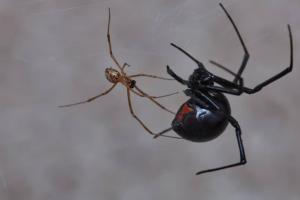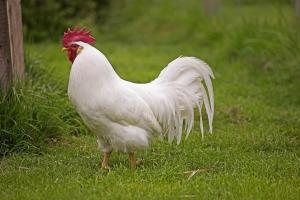7 Best Indoor Houseplants for Homes with Low Humidity
Welcome to the world of low humidity houseplants, where greenery thrives in even the driest corners of your home. In this article, we’ll dive into the botanical realm of low humidity houseplants, where resilience meets beauty.
1. Snake Plant
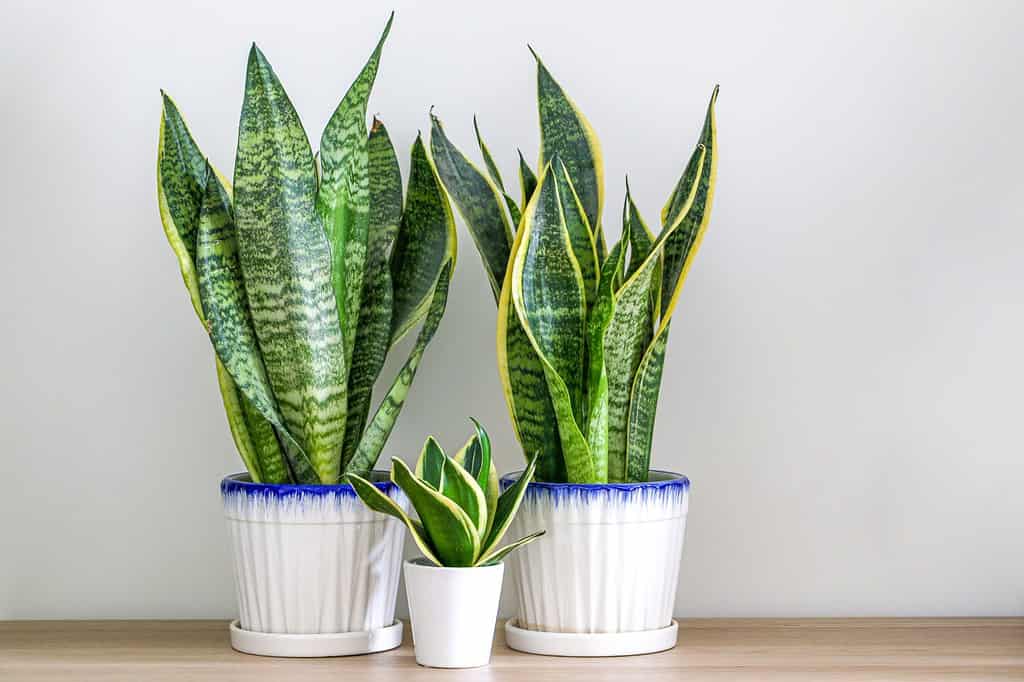
©Adam Yee/Shutterstock.com
When it comes to selecting houseplants that thrive in low humidity environments, the snake plant (Dracaena) is a top contender. This sturdy, appealing plant, which is native to West Africa, has developed a reputation for being a dependable indoor companion. Snake plants are an excellent alternative for houses with low humidity levels since they are not only aesthetically beautiful with their long, upright leaves but also very adaptable to diverse interior environments.
Snake plants have developed to live in desert parts of Africa, making them well-suited to low humidity settings. They are a great option for homes with inadequate humidity levels because of their tolerance for dry air and their need for little watering. These plants are a sensible and healthy option for any house since they are particularly good at eliminating pollutants from indoor air.
2. ZZ Plants
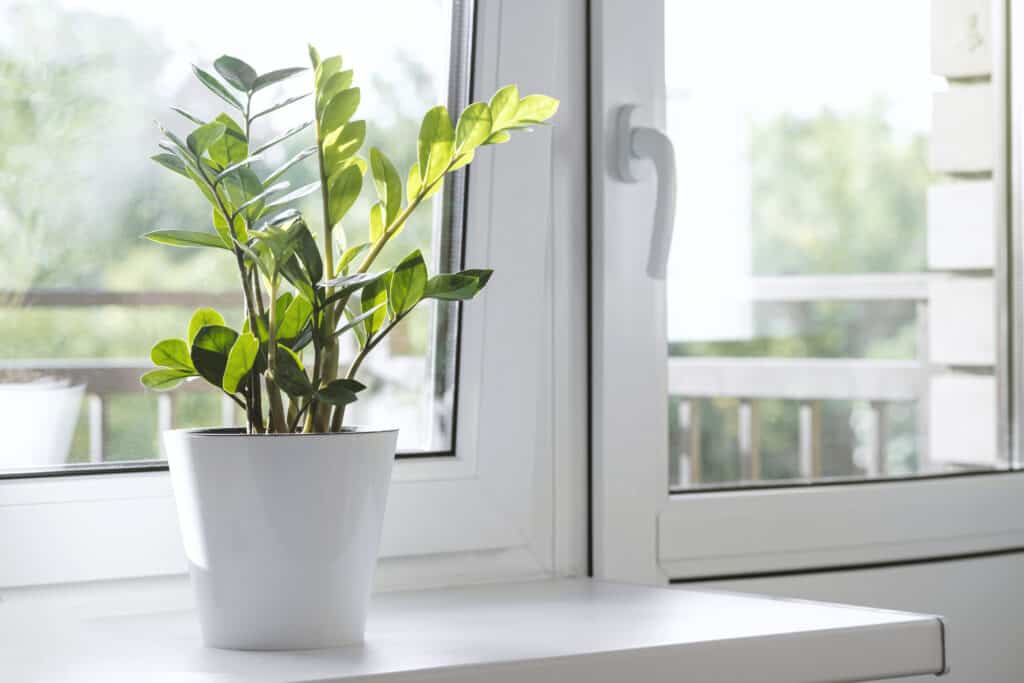
©iStock.com/Kseniia Soloveva
The ZZ plant (Zamioculcas zamiifolia) is another superb houseplant for low humidity environments. ZZ plants are well-suited for homes with low humidity because they have evolved to withstand prolonged periods of drought in their natural habitat in eastern Africa.
One of the key features that make ZZ plants an ideal choice is their water-storing rhizomes. These underground structures allow the plant to store water, making it resilient to fluctuations in humidity levels. ZZ plants are not overly demanding when it comes to care, making them an excellent option for those who may not have a green thumb or tend to forget their watering duties.
3. Peace Lily
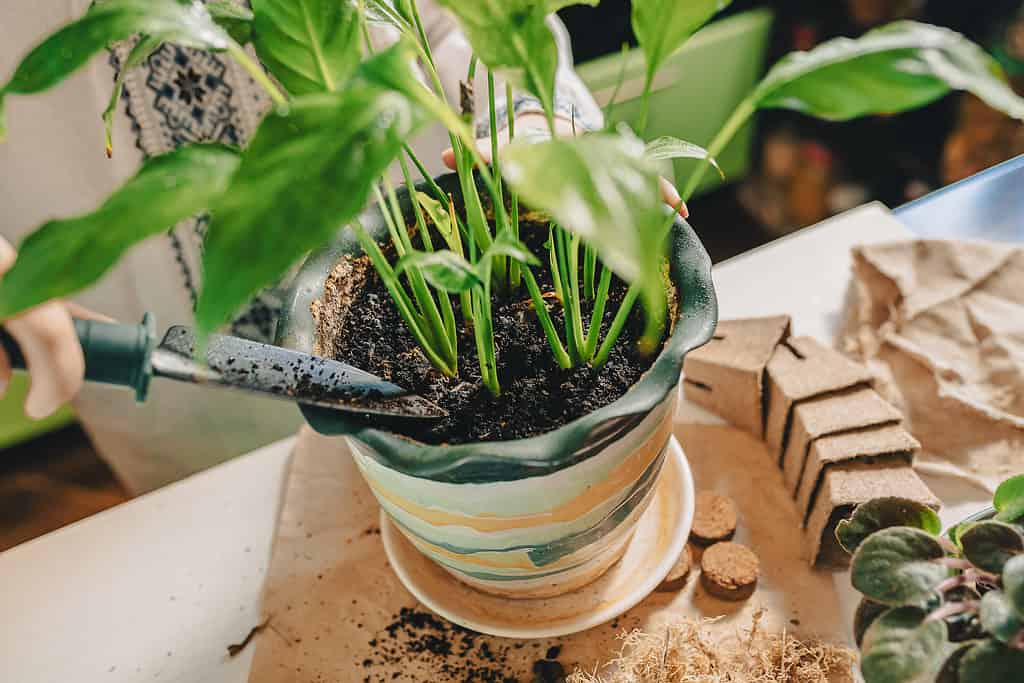
©iStock.com/Larisa Stefanuyk
Peace lilies (Spathiphyllum) are renowned for their elegant white blooms and lush, dark-green foliage. Native to the tropical rainforests of Central and South America, these plants are adapted to thrive in environments with high humidity levels. However, they can also adapt and flourish in lower humidity settings with a little extra care.
To help peace lilies thrive in low humidity, occasional misting and placing a tray of water near the plant can provide the extra moisture they need. Their air-purifying properties are an added bonus, as they help maintain a healthy indoor atmosphere.
4. Cast Iron Plant
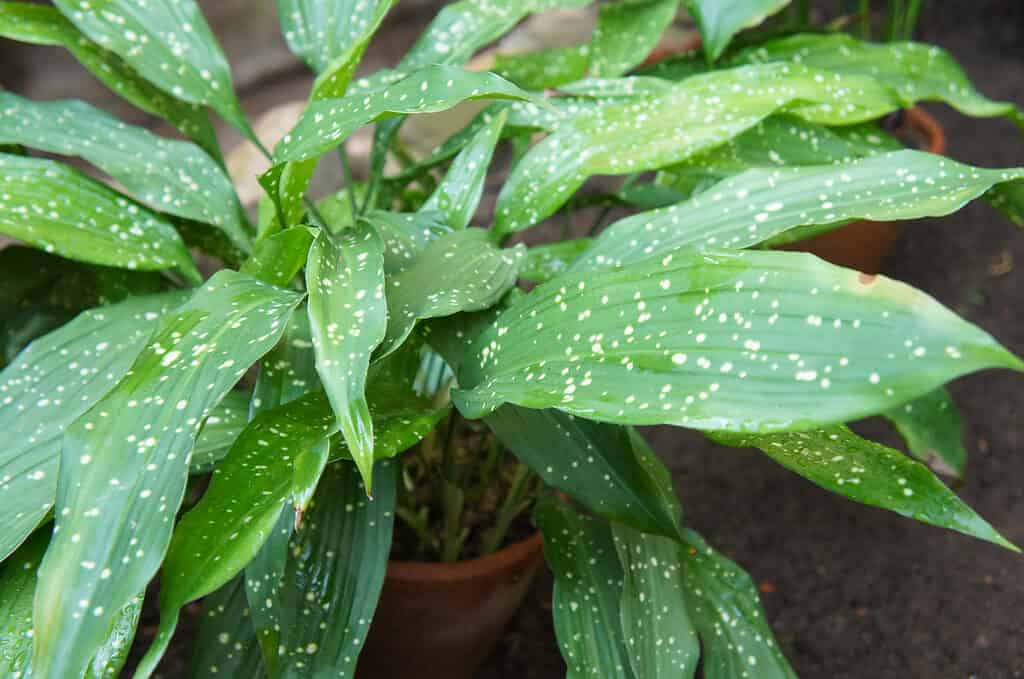
©mizy/Shutterstock.com
As the name suggests, cast iron plants (Aspidistra) are virtually indestructible and can endure a wide range of conditions, including low humidity. Originating from Asia, these hardy plants have earned their reputation for being incredibly low-maintenance.
Cast iron plants boast thick, leathery leaves that are well-equipped to retain moisture in dry air. They require minimal watering and can thrive in low-light conditions, making them a great addition to homes where humidity levels are less than ideal. Their robust nature means they can withstand neglect and still maintain their lush appearance.
5. Spider Plant
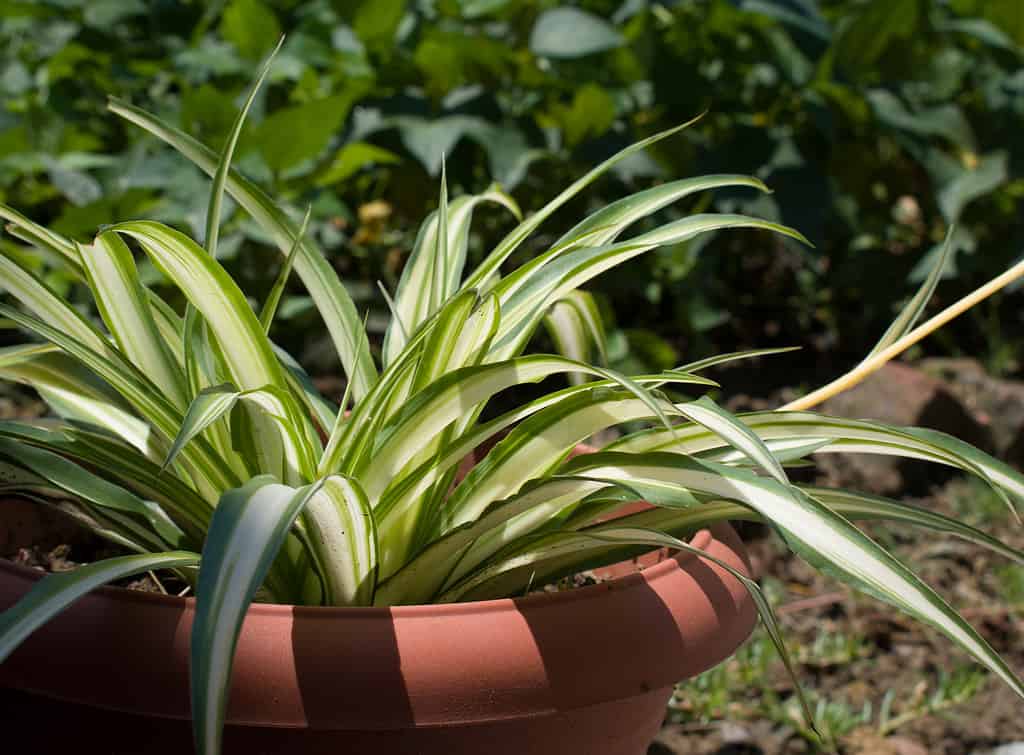
©Navaashay rawat/iStock via Getty Images
Spider plants (Chlorophytum comosum) are a common choice for indoor gardens because of their reputation for air purification and ease of maintenance.
These plants have long, arching leaves that are a striking shade of green with white stripes, adding a touch of elegance to any room. Spider plants are adaptive and can thrive in various conditions, including those with low humidity. They are also known for their ability to produce “spiderettes” or baby plants, which can be easily propagated, allowing you to expand your indoor garden effortlessly.
6. Chinese Evergreen
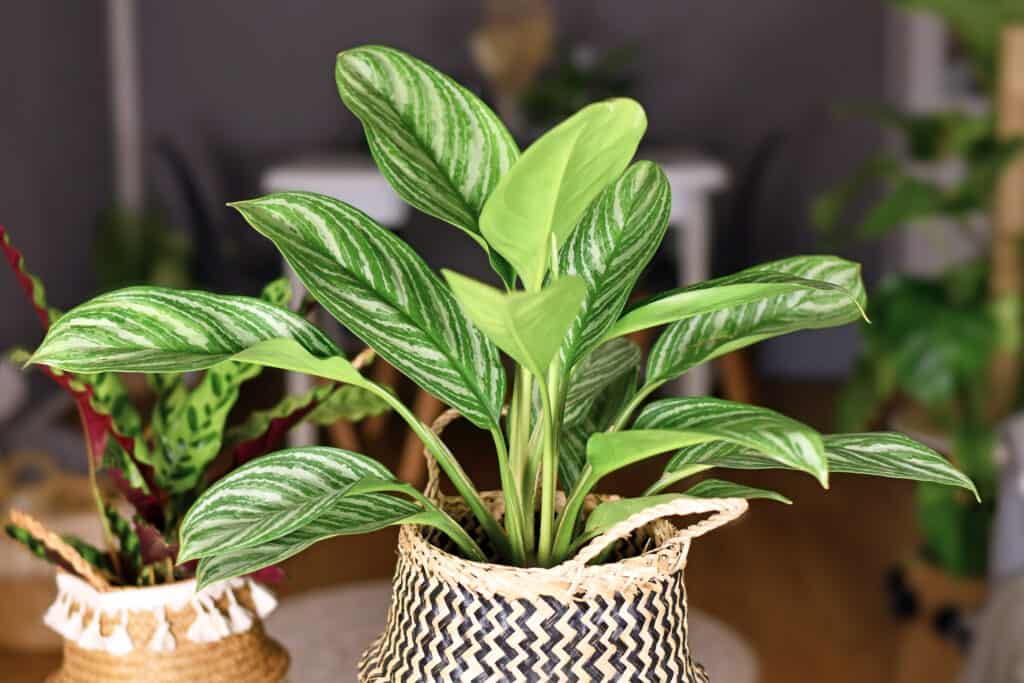
©iStock.com/firn
Chinese evergreens (Aglaonema) are another fantastic option for homes with low humidity. These Southeast Asian-born plants are well-known for their eye-catching variegated leaves and ability to thrive in indoor settings.
Chinese evergreens are well recognized for being able to withstand low humidity levels. This makes them a great option for homes where dry air is an issue. They are available in a variety of colors and designs, giving a beautiful element to your house while requiring no upkeep. Just keep in mind that they are also toxic.
7. Bamboo Palm
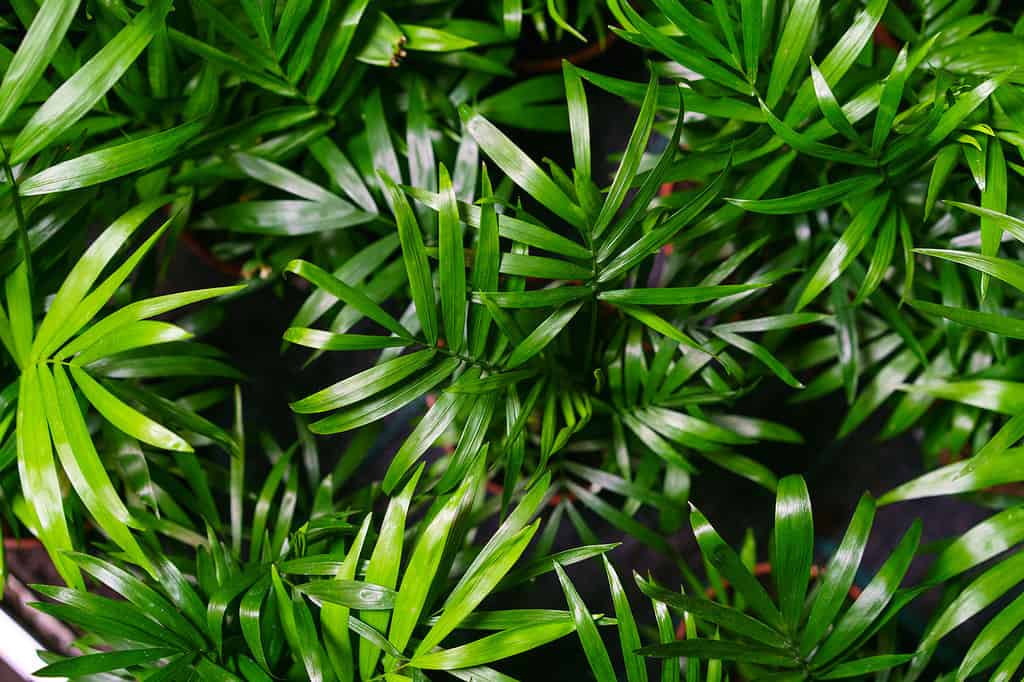
©Pereslavtseva Katerina/Shutterstock.com
Bamboo palms can grow quite tall, maxing out at about eight feet.
These palms thrive in bright, indirect light and can tolerate lower humidity levels compared to some other tropical plants. They have a natural ability to add moisture to the air through a process called transpiration. This makes them an excellent choice for enhancing indoor air quality in homes with low humidity.
Summary of the Best Indoor Houseplants for Homes with Low Humidity
| # | Houseplant | Sunlight Needs |
|---|---|---|
| 1 | Snake Plant | Low indirect light |
| 2 | ZZ Plant | Low to moderate indirect light |
| 3 | Peace Lily | Low to moderate indirect light |
| 4 | Cast Iron Plant | Low to moderate indirect light |
| 5 | Spider Plant | Moderate to bright indirect light |
| 6 | Chinese Evergreen | Low to moderate indirect light |
| 7 | Bamboo Palm | Low to moderate indirect light. |




